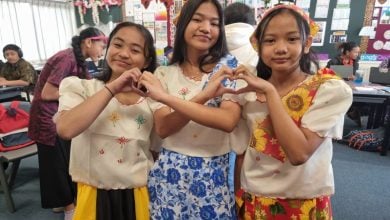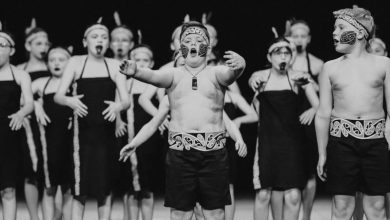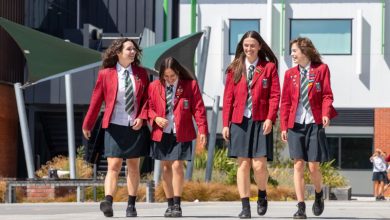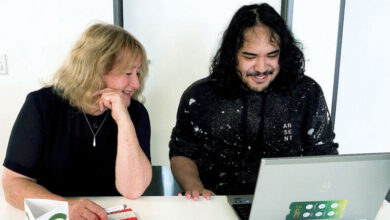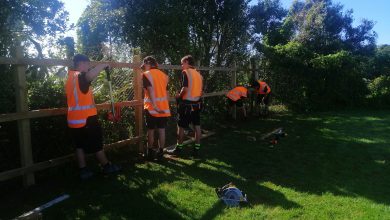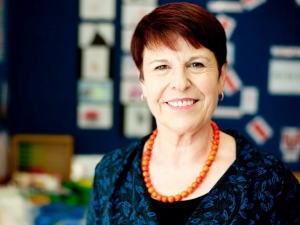Rural school offers ‘real-world’ learning
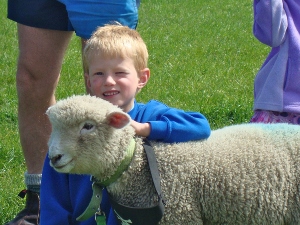
 Southbridge School, a rural primary school located in the township of Southbridge, 40 kilometres south of Christchurch, is “quite different from a town school” principal Susan Jennison says.
Southbridge School, a rural primary school located in the township of Southbridge, 40 kilometres south of Christchurch, is “quite different from a town school” principal Susan Jennison says.
Unlike their urban counterparts, who usually live within a few kilometres of school, Southbridge students come from a wide area, with about a third of them being transported to and from school on the school bus. Ms Jennison says.
“In addition to the earthquake-related influx of people over the last three years, our roll of 168 students includes a number of ESOL students from a migrant population. We enjoy having children from different ethnic backgrounds; they bring our school to life.”
Strengthening work on the school hall started at the end of 2014 to bring it up to Building Code standards and two new classrooms are to be built to cater for the increased roll. It is hoped work will start in these over the next month or so, Ms Jennison says.
The changes at the school prompted the introduction of a new initiative, called Seeds of Learning, or SOL.
“The school board used community feedback on an ‘Enterprise Education’ model to develop the programme, which is designed to give all of our students knowledge of the community they live in.”
Positive feedback saw the programme being launched in 2014. Even before its introduction, the school had a close relationship with the local marae, Ngāti Moki, which is located at Taumutu, close to Waihora (Lake Ellesmere).
“The marae services a large number of schools and has formed strong relationships with them. There is a diversity of iwi in the area and we want our children to understand the tikanga and history of the area and its people.”
Ms Jennison says SOL has an academic focus and she describes it as an “authentic context for learning”.
“It’s about real-world, hands-on learning. For example, last year the children gathered, bagged and sold walnuts and in doing so they learnt about the fundamentals of business.
“We have a strong focus on science, and late last year the years 5 and 6 children became involved in a project where we planted a grove of hazelnut trees. When the trees start producing the children will learn how to gather the nuts, then sell them, with the funds raised going back into the programme.
“This year, we will be raising hens, and for this they will have to research breeds, find out the type of shelter the hens require, build the shelter and then they will have to run the programme. There will be adults supporting them but the children will lead every aspect of the programme. We hope to introduce sheep to the programme in 2016.
“We have a media team, who gather stories and take photos of the various activities of the school. The gardening team takes care of our Enviro responsibilities and plants, weeds and waters the gardens. The arts team got involved by designing labels for our worm juice, which was produced in the worm farm.”
The year 6 students are the SOLdiers for the programme, with the leaders being referred to as ‘sergeants’. Every Friday, the SOLdiers carry out jobs around the school, and the sergeants hold a monthly meeting where they discuss what the focus will be for the coming month, Ms Jennison says.
“They might, for example, look at the funds and decide what they need to buy, such as more spades for the garden team.”
A unique feature of the SOL programme at Southbridge is the ‘leavers’ fence’. When the year 6 children leave the school they paint a picture of themselves onto a fence paling, which is then nailed on to the fence.
Not just students, but anyone who leaves the school is invited to paint themselves onto a paling.
“We have four ex-pupils painted on the fence: three All Blacks, and a Commonwealth Games gold medallist. Having them there helps to show the children that though they come from a small school they can achieve big things if they do their best and stick at it.”
The local business community has thrown its support behind the project by supplying the paint, posts and fence palings, Ms Jennison says.
Another special characteristic of Southbridge School is Levi the Reading Dog. Ms Jennison explains: “We had heard about a dog at a library in the North Island and knew about the positive results people have had with Reading Dog initiatives in Australia and the US, so we decided to give it a try. He comes three mornings a week and the children really look forward to working with him because he gives them the confidence to read out loud. He’s so popular that we have a waiting list for these reading times.
“While we haven’t seen any specific academic benefits as yet, there has been a huge gain in children’s confidence when reading out loud and in their reading fluency.”
The sessions are one-on-one and for safety reasons, there is always an adult present but they are not allowed to help with the reading. Twelve-year-old Levi was ‘temperament tested’ before being taken on, and he has proved to be a “one in a million dog”, Ms Jennison says.
“When Levi is wearing his bandanna, he is a working dog, but without it, he is ‘free for hugs’.”
The school hopes to introduce another Reading Dog, once Levi is fully settled in.
Ms Jennison has been in the teaching profession for almost 27 years. Prior to joining Southbridge School in 2013 she was at a school in eastern Christchurch, which was to be merged.
“I visited Southbridge School and was instantly attracted to the school’s environment, so I decided to apply for the position. I’m so glad that I did; working in a rural school has brought challenges and highlights I’d never experienced before.
“The highlights for me have to include the local events that allow our students to showcase the skills they have outside of the classroom. At EAST Club (the ‘pet day’ for Ellesmere schools) children don’t just bring a domestic pet, they bring the stock they’ve helped to raise and care for.
“At the Southbridge Flower Show they enter the huge variety of vegetables they’ve planted, tended and harvested. These are opportunities that a number of ‘town’ children don’t get to experience and help to make our Southbridge students well-rounded and knowledgeable and also to have a knowledge of their local community and what it means to live in Southbridge.

